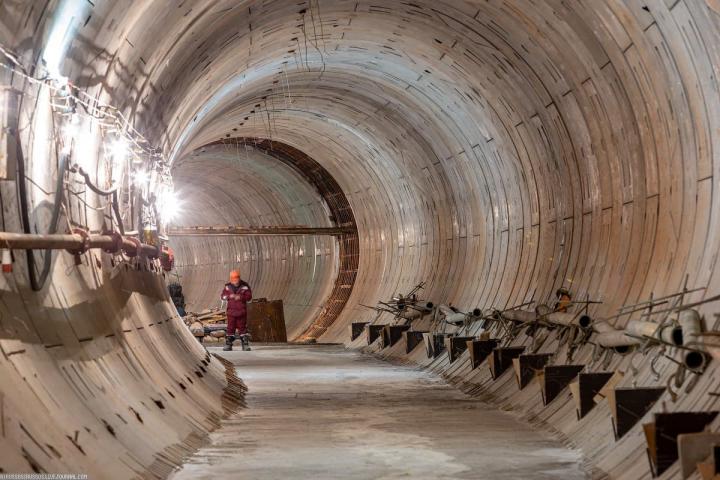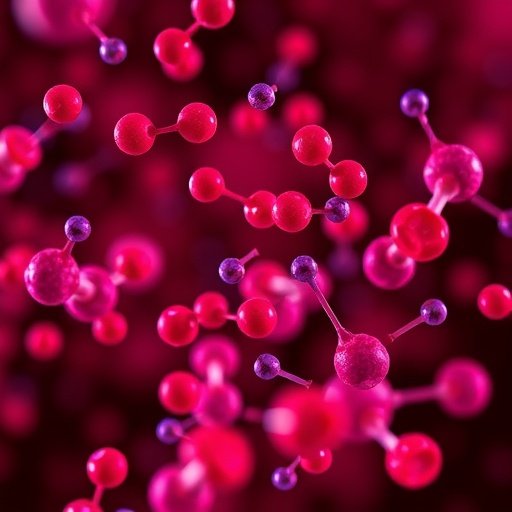
Credit: NUST MISIS
Scientists from the NUST MISIS Mining Institute have proposed a new approach to urban space design, presenting the first in Russia informational 3D model of the Ulitsa Stroiteley metro station under construction in Moscow, as well as the connecting tunnels. With this model, the traditional two-stage process of object design will be transformed into a progressive iterative method of developing and building a metro. The customer of the project is JSC “Transinzhstroy”.
BIM technologies, which are a powerful tool in the design and management of construction processes of any facility, are widely used today in the global construction industry. BIM (Building Information Model or Modeling) is an information model of buildings and structures, which in a broad sense means any infrastructure facilities — engineering networks, roads, railways, bridges, ports and tunnels, etc. However, in the underground construction in Russia, they have not been used yet, since such construction requires taking into account many complex factors: geomechanics, soil displacement and other geodynamic processes.
An order of magnitude increased capabilities of IT technologies allow designers and builders to implement solutions which used to seem unrealistic from a technical point of view: incredible shapes and volumes of structures in the design and construction of complex ground and underground complexes that go miles into the ground and rise hundreds of meters up.
Scientists from NUST MISIS, within the framework of the joint project with the leading construction company in Moscow, JSC “Transinzhstroy”, have begun developing an information model of the Ulitsa Stroiteley metro station under construction and the connecting tunnels approaching it. This model allows moving from a two-stage object design to an iterative (repetition-based) control process. It implies the necessary adjustments to the decisions made, both at the design stage and at the construction site, at any stage of the facility’s readiness. At the same time, there appears an opportunity to immediately assess the effectiveness of the adopted technical solutions.
As the head of the project, Professor of the NUST MISIS Mining Institute, Ph.D., Alexander Pankratenko, said: “The created model allows not only to consider step-by-step all the main stages of the station’s construction, from the preparatory period and the construction of the installation pit, to the construction of the connecting tunnels but also to effectively manage the construction processes, quickly leveling the negative impact of unpredictable and unexpectedly appearing factors”.
All elements of the 3D model are endowed with the qualities and properties of the real structures and materials used for construction. This means that designers, builders or customers can always view the characteristics of materials and structures required by the state quality standards at any point in the facilities. Considering that the existing underground utilities and surface facilities fall into the construction zone, this allows us to determine the cost of work as accurately as possible and to make a construction schedule for the entire facility.
According to the authors of the work, the practical use of the model will ensure effective interaction between all participants in the construction process (investor, customer, designer and contractor), and will also allow strict control of the timing of construction work and the expenditure of material resources.
Alexander Pankratenko emphasized that this development is the first step towards the widespread introduction of BIM technologies into the practice of urban underground construction. Besides, its introduction into the educational process allows us to bring the training of engineering personnel to a qualitatively new level, corresponding to modern world achievements in the field of digital technologies in construction.
###
Media Contact
Lyudmila Dozhdikova
[email protected]
Original Source
https:/



